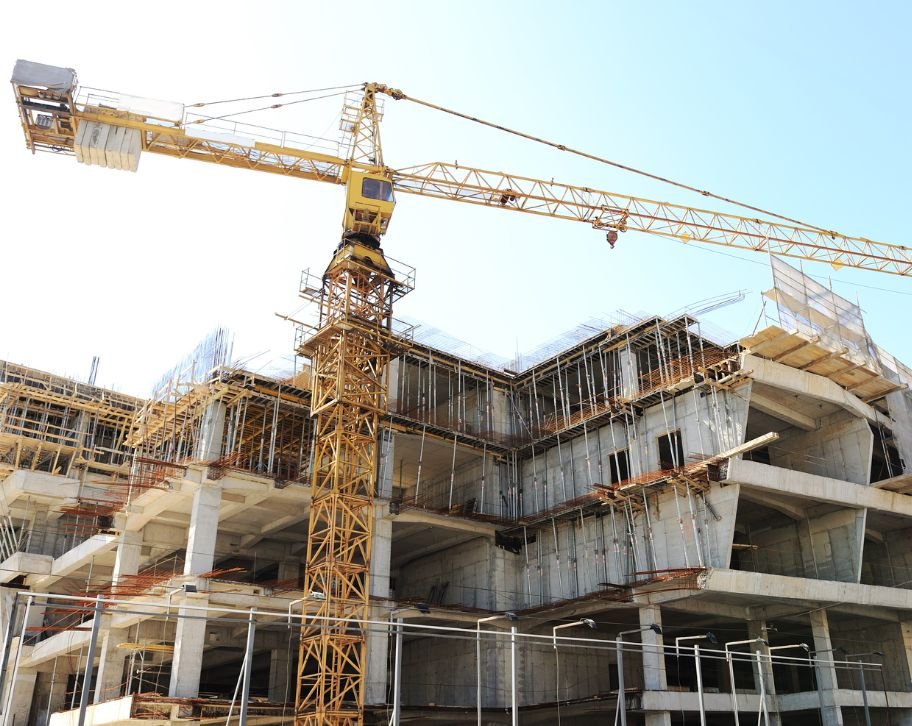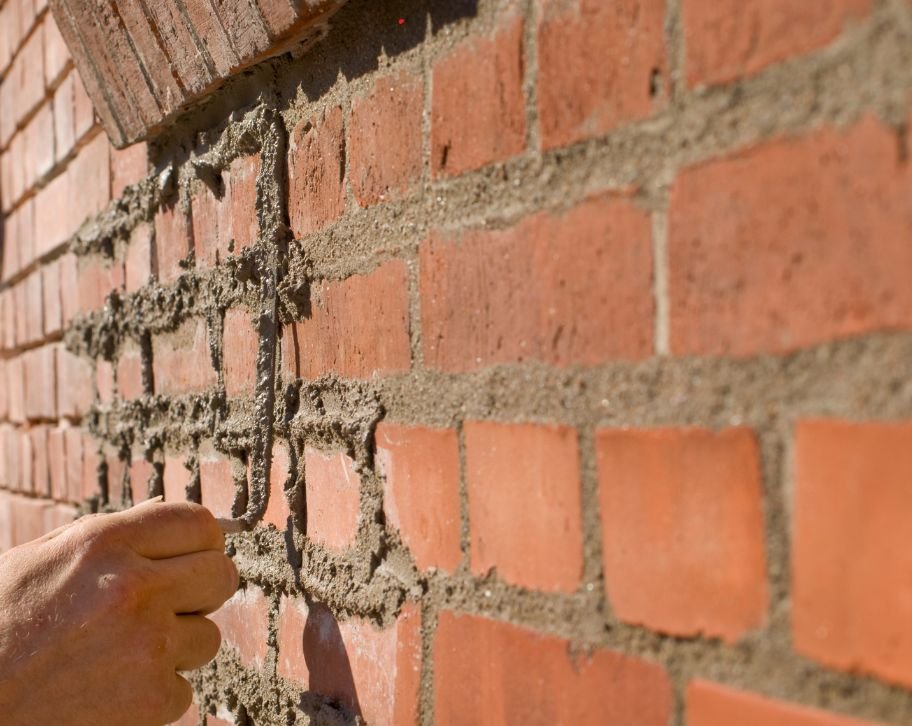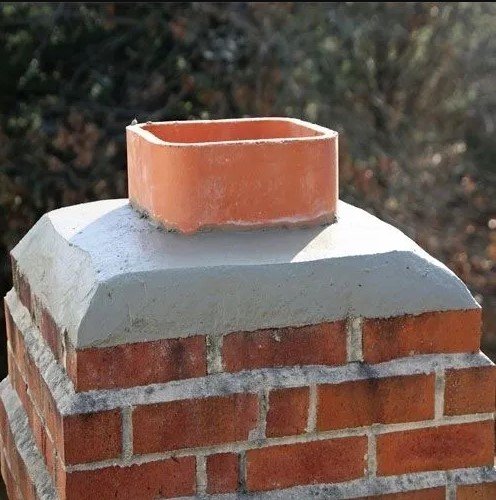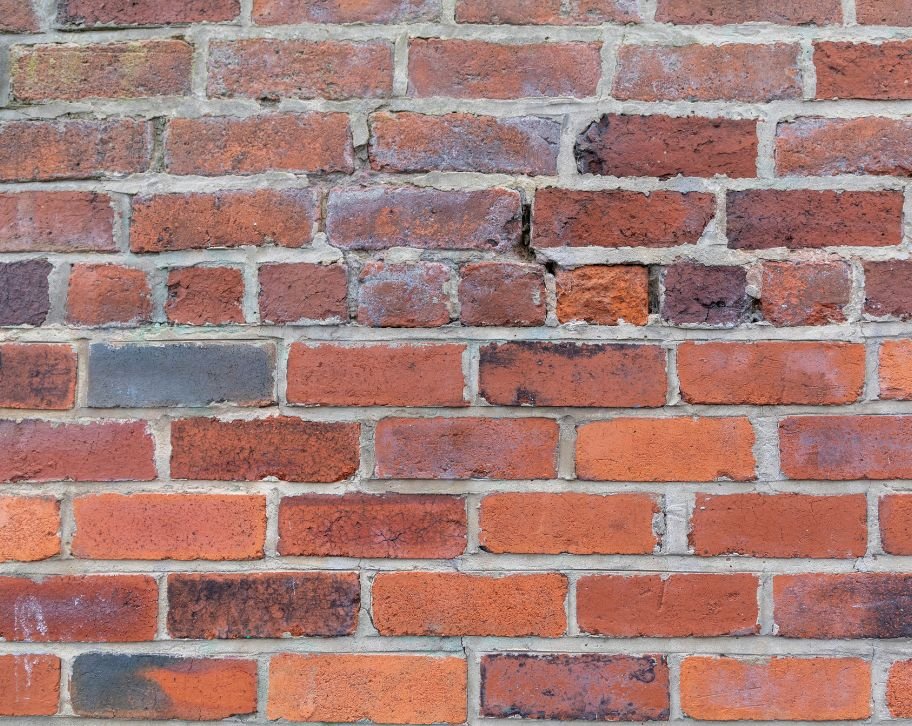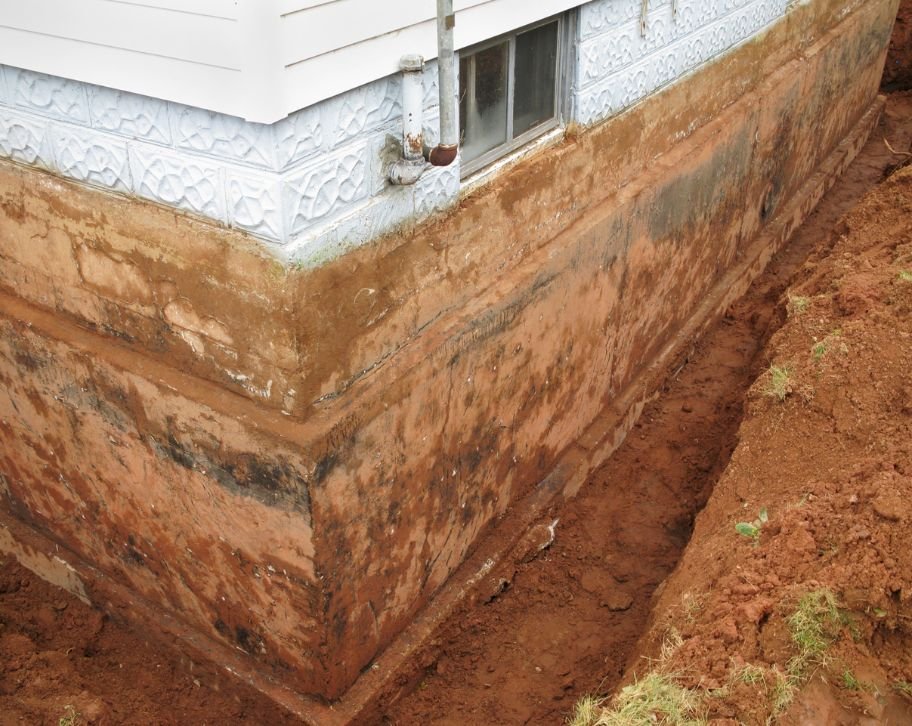How to Effectively Prepare a Commercial Property for Masonry Repair?
How to Effectively Prepare a Commercial Property for Masonry Repair? Planning a masonry repair and restoration for your Fredericton commercial property? Before the work begins, knowing what to do can save you stress, time, and money. Without proper preparation, you might face disrupted business operations, escalating repair costs, and potential safety hazards. Effective preparation involves several critical steps that ensure smooth project execution. By following a systematic approach to pre-repair planning, selecting qualified contractors, and implementing proper safety measures, you can maintain your building’s structural integrity while minimizing business disruption. Pre repair planning & assessment Importance of building inspection Want to keep your commercial building in top shape? Start with a thorough inspection by a experienced commercial masonry contractor. They’ll look for signs of wear, cracks in brick surfaces, and mortar deterioration that might affect your property’s structural integrity. Regular assessment helps identify minor issues before they turn into extensive repairs, saving you money in the long run. Documentation is key Taking detailed photos and creating records of masonry damage is like creating a roadmap for your masonry restoration project. Property managers find this especially helpful when planning maintenance services. A well-documented inspection can help you track brick repair progress and ensure your building remains safe. This visual record also helps prevent disputes during the repair process. Planning your repair strategy Your masonry structure needs a clear action plan. Working with masonry professionals, determine which restoration techniques will work best for your situation. Whether it’s tuckpointing, waterproofing techniques, or addressing moisture penetration, having a written scope helps maintain brick quality. This planning stage ensures all parties understand the timeline and materials needed for successful masonry work. Contractor selection & professional consultation Finding the right commercial masonry contractor Your masonry repair success starts with choosing the right team of professionals. Look for contractors who specialize in commercial properties and understand various types of masonry. Expert tips from experienced masonry repair contractors can help prevent water damage and ensure proper restoration techniques. Consider their experience with similar projects and their understanding of local building codes. Check credentials and experience Before hiring any masonry contractor, review their portfolio of masonry restoration projects. Pay attention to their experience with brick walls and concrete surfaces. Ask about their approach to structural integrity assessment and maintenance tips. Good contractors should openly share references and showcase their successful commercial building repairs, demonstrating their expertise in handling different masonry structures. Setting clear project parameters Meet with your chosen contractor to discuss the building project details. A professional will help identify signs of damage like spalling and efflorescence while outlining effective ways to maintain your property. They should provide a detailed timeline for repairs, from addressing minor issues to completing major restoration work, ensuring your property’s aesthetic appeal remains intact throughout the process. Structural and environmental assessments Evaluating building stability Your building’s structural health needs a thorough check before any repair work begins. Commercial masonry contractors examine load-bearing walls, foundation stability, and potential weak points in your structure. This comprehensive evaluation helps identify hidden issues that could affect repair success, from moisture problems to structural concerns that might compromise your building’s integrity. Meeting code requirements Don’t let regulatory oversights delay your masonry project. Work with professionals who understand local building codes and permit requirements for commercial properties. Your contractor should handle all necessary paperwork and ensure compliance with safety regulations. This includes coordinating with local authorities for required inspections and obtaining proper documentation for any structural modifications. Managing environmental impact Protecting your property and its surroundings during repairs is crucial. Your masonry team should implement effective dust control measures and maintain clean work areas throughout the project. Proper containment systems help prevent debris from affecting indoor air quality or neighboring properties. Consider using eco-friendly materials and methods that minimize environmental impact while maintaining building quality. Site preparation and protection strategies Creating safe work zones Setting up proper work area boundaries is essential for both safety and efficiency during masonry repairs. Install visible barriers and warning signs to keep occupants away from active repair zones. Consider using temporary fencing or partitions to separate construction areas from daily business activities, ensuring everyone’s safety while maintaining professional operations. Safeguarding property assets Your building’s contents need protection during masonry work. Use heavy-duty covers and protective materials to shield valuable equipment, furniture, and flooring from construction dust and debris. When working near sensitive areas, consider temporary relocation of important items or installing additional barriers. This proactive approach helps prevent damage and reduces post-repair cleanup time. Organizing project logistics Efficient material handling and waste management are crucial for smooth project execution. Work with your contractor to establish designated areas for storing materials and equipment. Create a clear plan for debris removal that minimizes disruption to building occupants. Regular communication with property managers and tenants helps coordinate access points and timing for material deliveries and waste disposal. Dust containment and environmental control Advanced dust management systems Professional masonry repair requires sophisticated dust control methods to maintain indoor air quality. Modern containment systems, including high-efficiency air filters and sealed barriers, effectively trap construction particles. Proper ventilation strategies, such as creating negative air pressure in work zones, prevent dust from migrating to occupied areas. These systems work together to minimize the impact of repair activities on your building’s environment and its occupants. Safety measures for all occupants Protecting everyone during repairs means implementing comprehensive safety protocols. Workers should wear appropriate protective gear including respirators, safety glasses, and protective clothing. Building occupants need protection through carefully planned work schedules and enhanced air filtering systems. Regular air quality monitoring and maintaining clear communication about safety procedures helps ensure a healthy environment for everyone in the building during the repair process. Post repair maintenance and evaluation Quality assurance review After completing masonry repairs, a thorough inspection is crucial to ensure all work meets specifications. Professional evaluators should examine every repaired area, checking for proper mortar application, joint consistency, and overall structural integrity. This final inspection helps identify any overlooked issues

